
 3
3




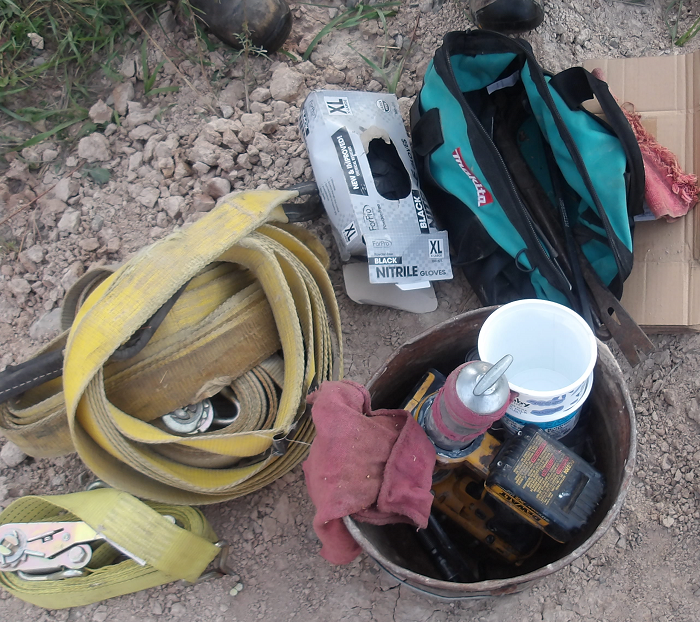
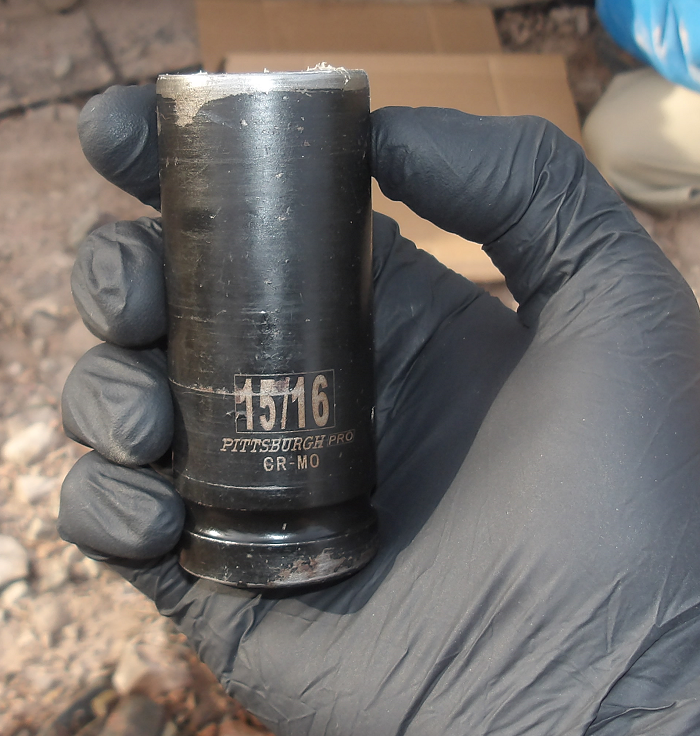
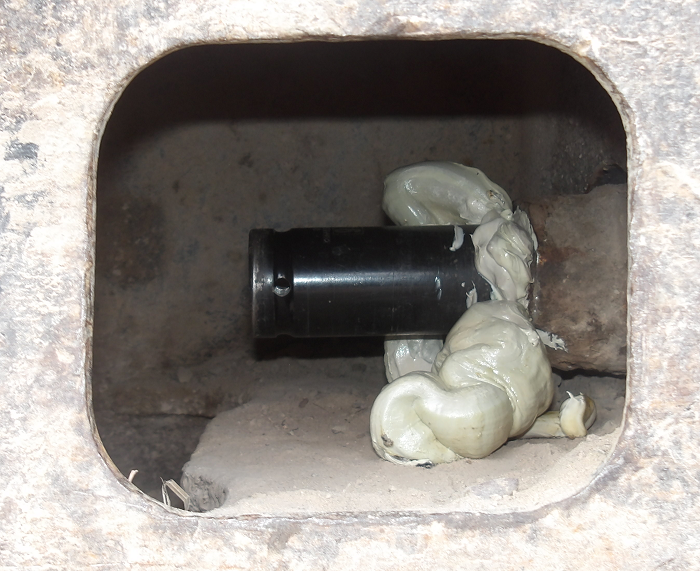
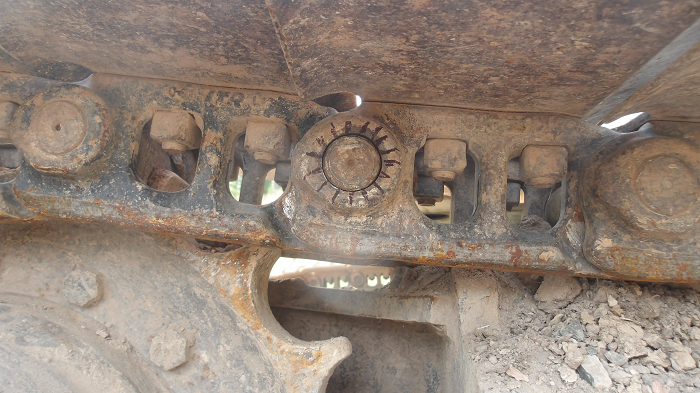
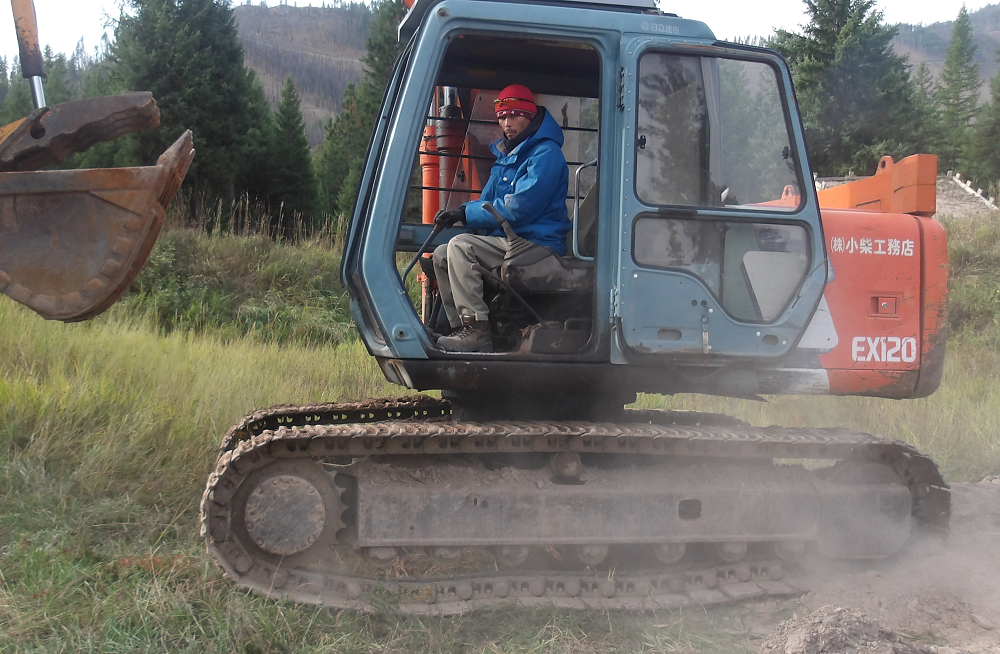

"We carry a new world here, in our hearts..." --Buenaventura Durruti
"Don't wish it were easier. Instead, wish you were better." --Jim Rohn
 3
3




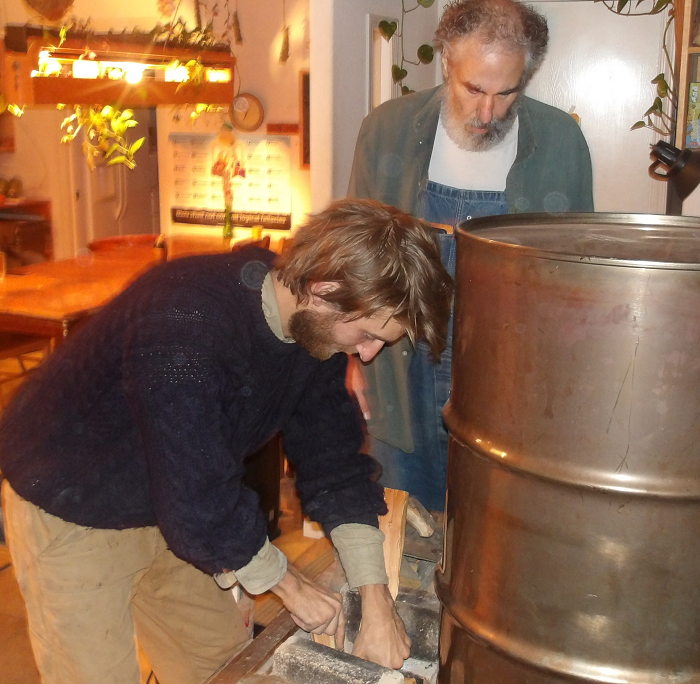
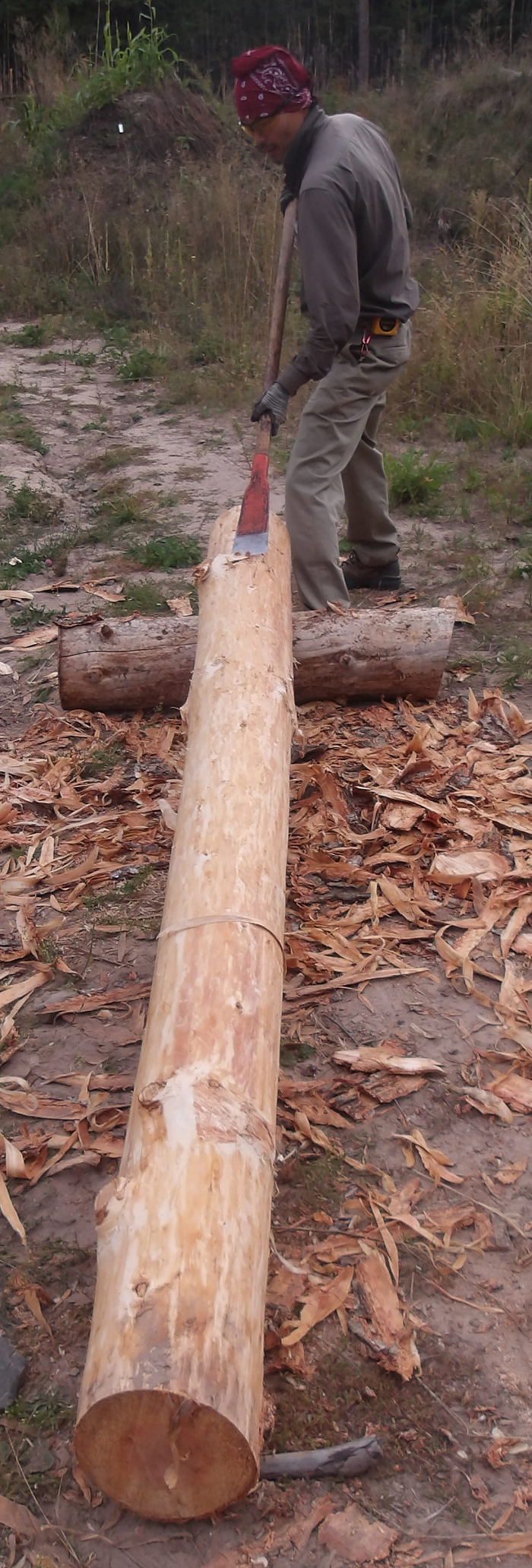
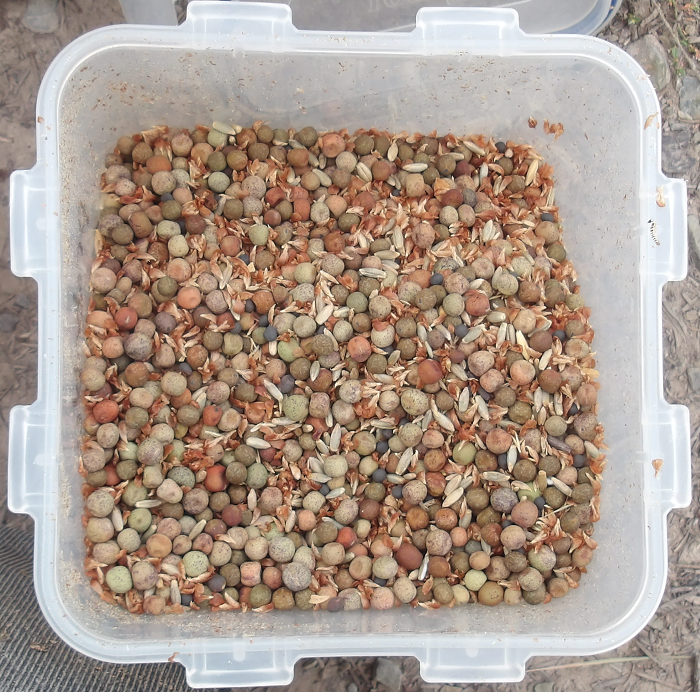
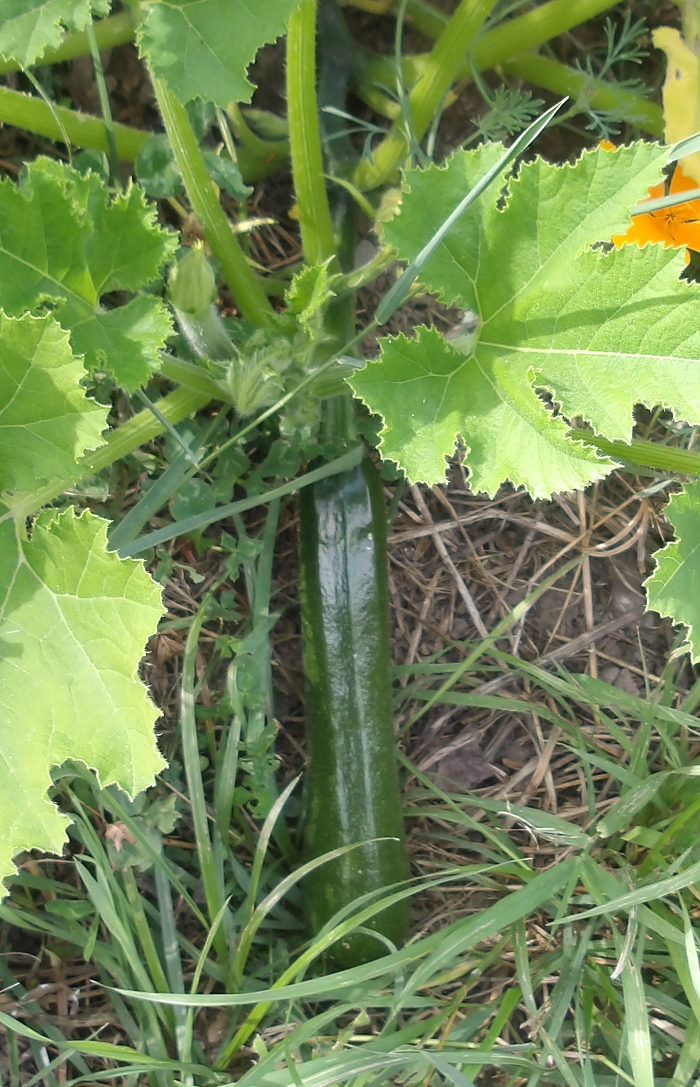
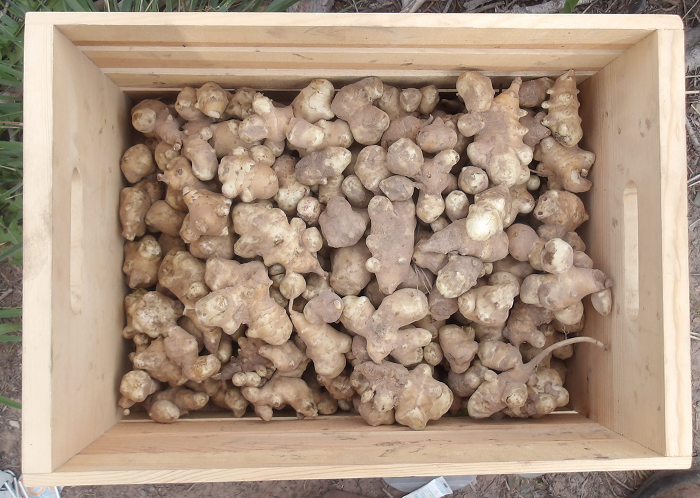
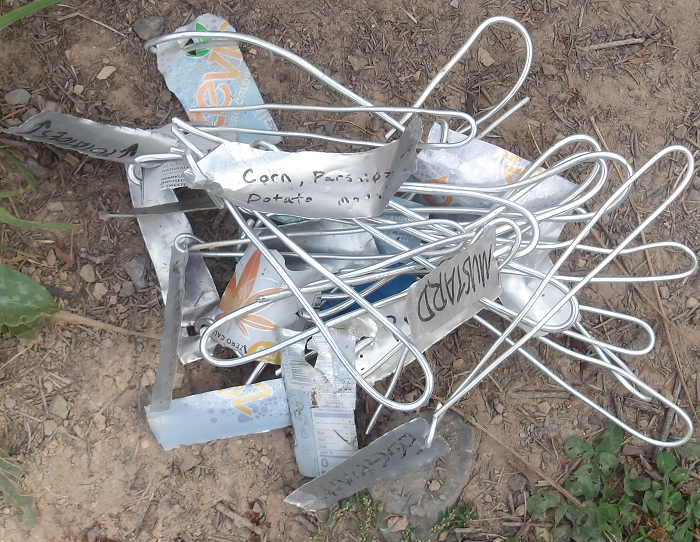

"We carry a new world here, in our hearts..." --Buenaventura Durruti
"Don't wish it were easier. Instead, wish you were better." --Jim Rohn
 3
3




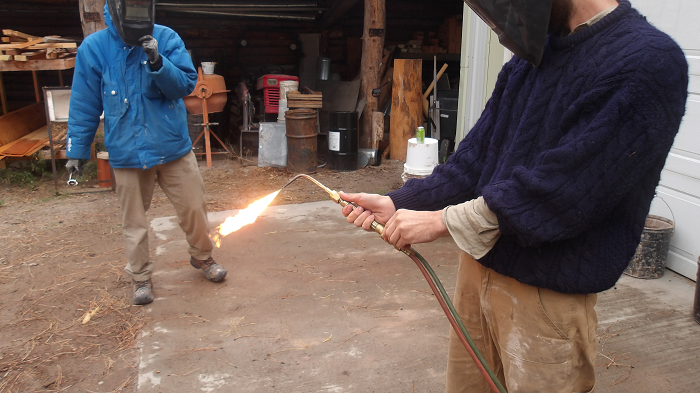
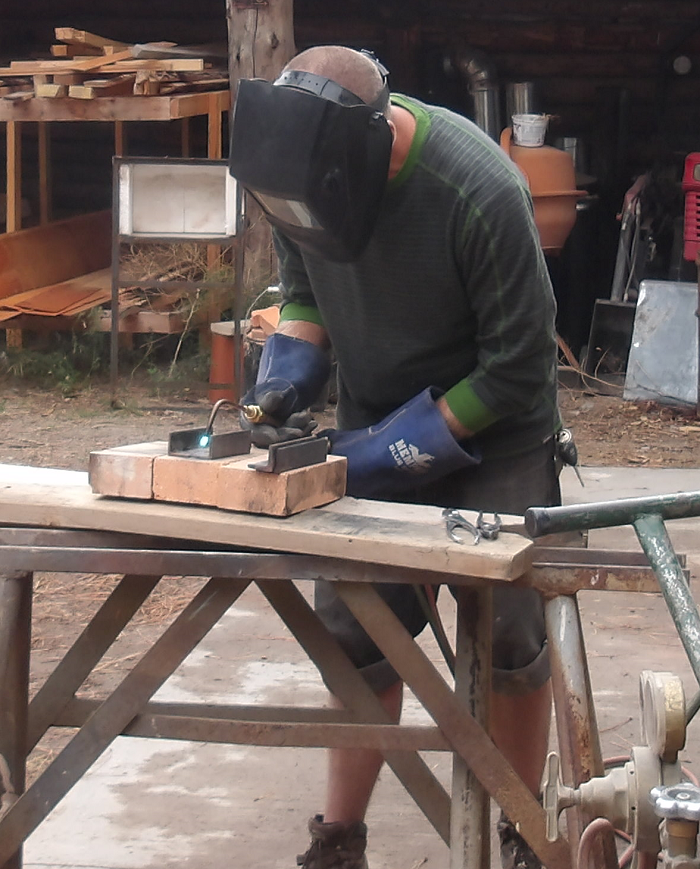
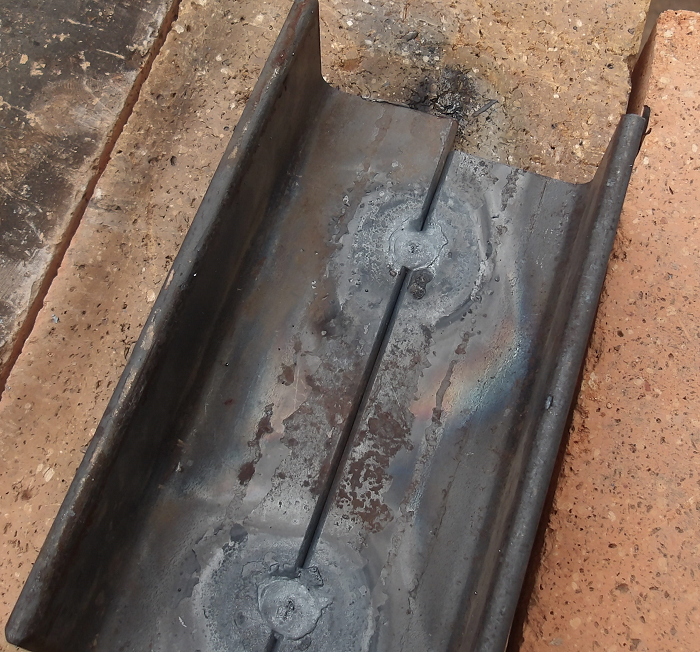

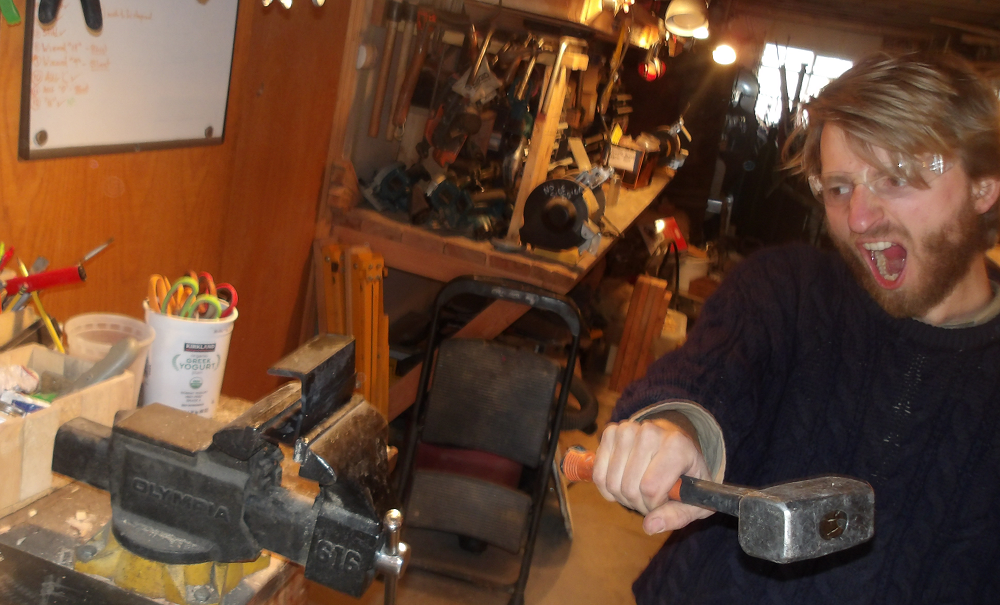
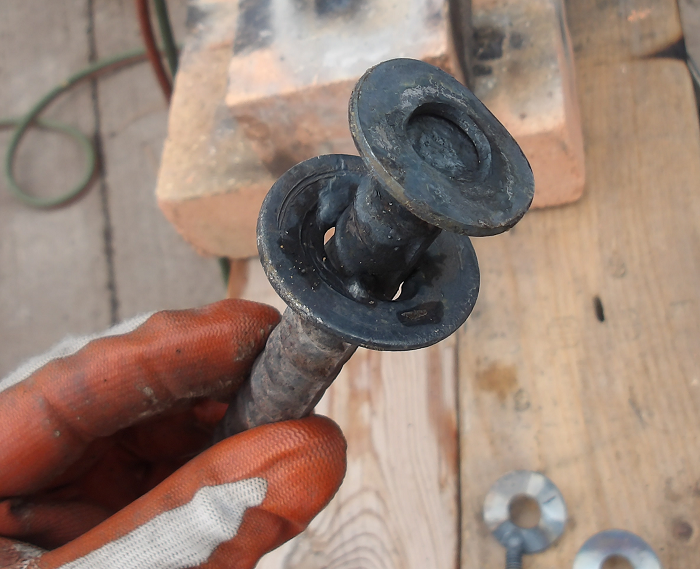
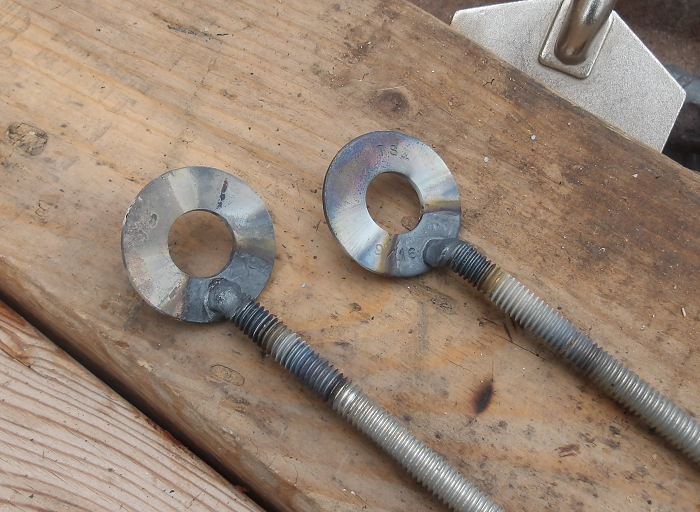

"We carry a new world here, in our hearts..." --Buenaventura Durruti
"Don't wish it were easier. Instead, wish you were better." --Jim Rohn
 3
3




Stephen B. Thomas wrote:BRK #372
...
Methods of storing the potatoes we'll try this year include:
- Slicing and freezing
- Pickling in salt brine
- Root cellaring (we tried this last year and weren't successful, so we're tweaking our process a bit)
- Mashing and freezing
We may also attempt some drying of sliced potatoes and see how that turns out. Personally, I'm most excited about pickling them. Those, and the sunchokes - which are also prolific.
...
"Also, just as you want men to do to you, do the same way to them" (Luke 6:31)
 3
3




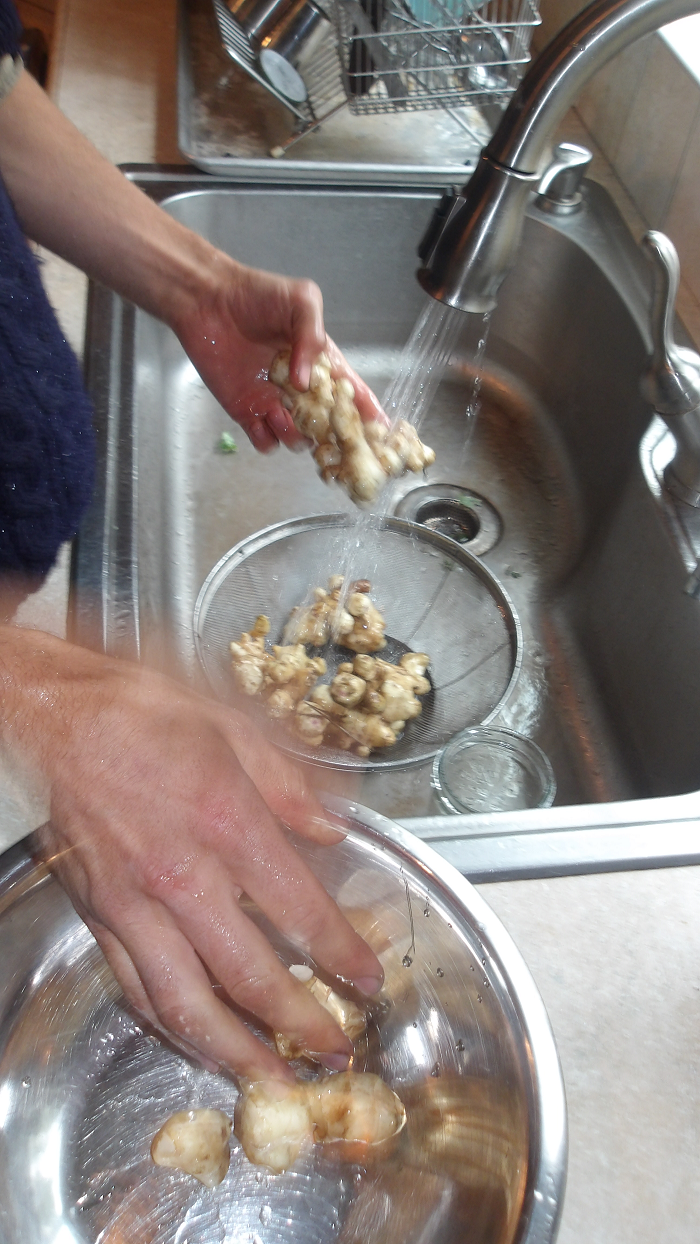
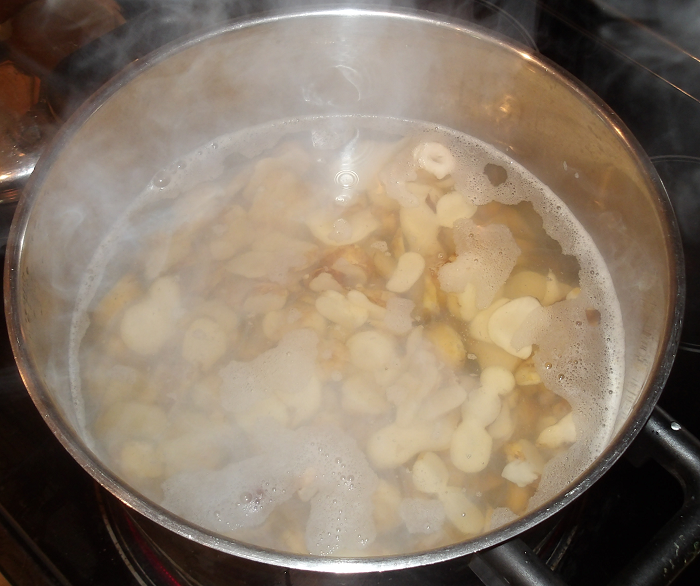
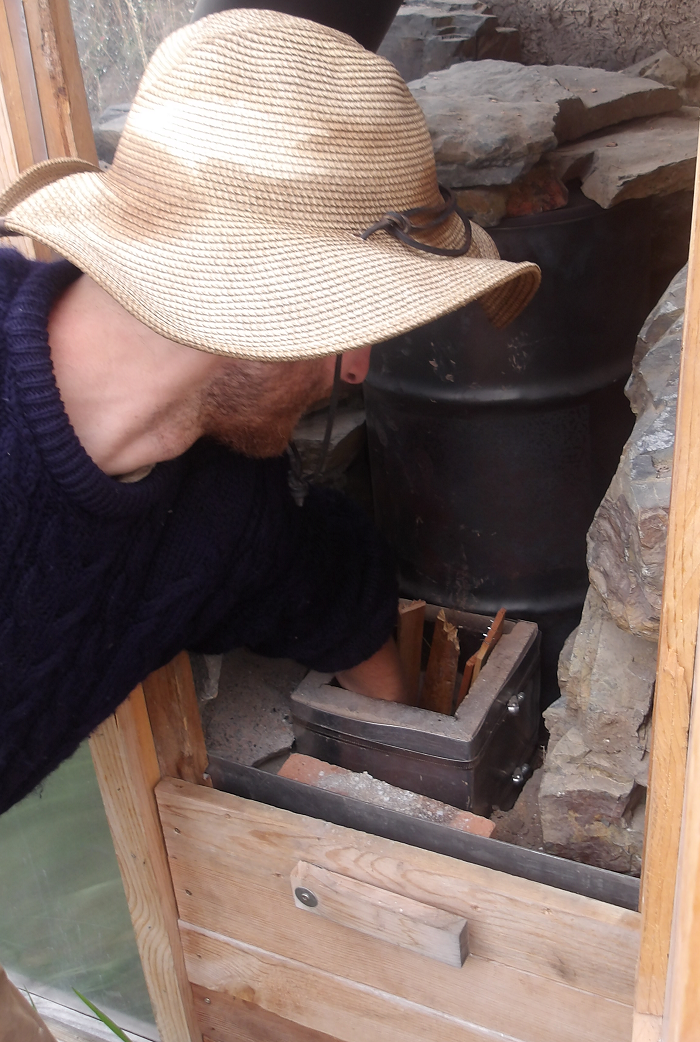
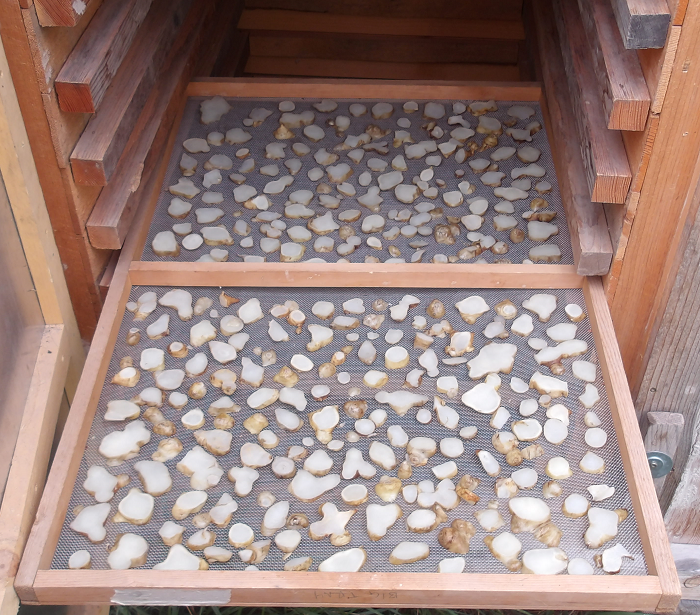
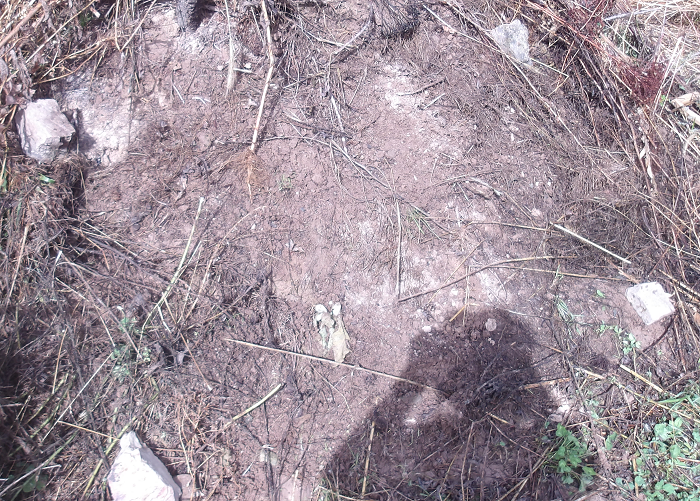
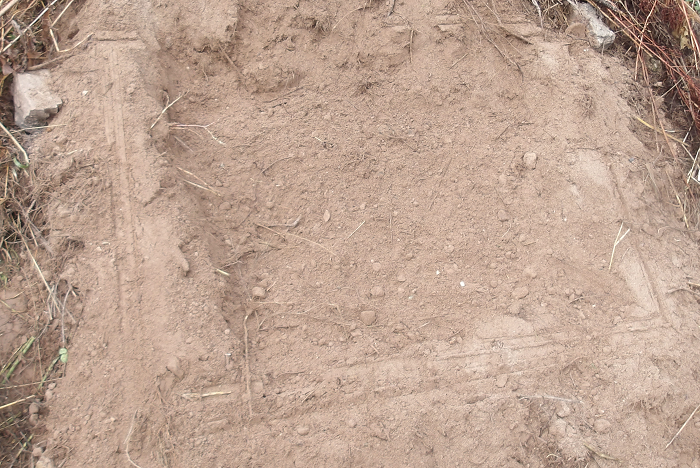

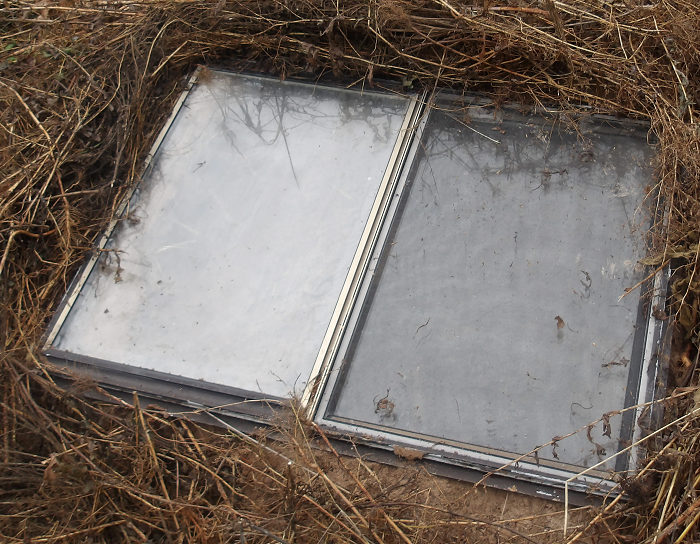

"We carry a new world here, in our hearts..." --Buenaventura Durruti
"Don't wish it were easier. Instead, wish you were better." --Jim Rohn

|
It's weird that we cook bacon and bake cookies. Eat this tiny ad:
The new gardening playing cards kickstarter is now live!
https://www.kickstarter.com/projects/paulwheaton/garden-cards
|








